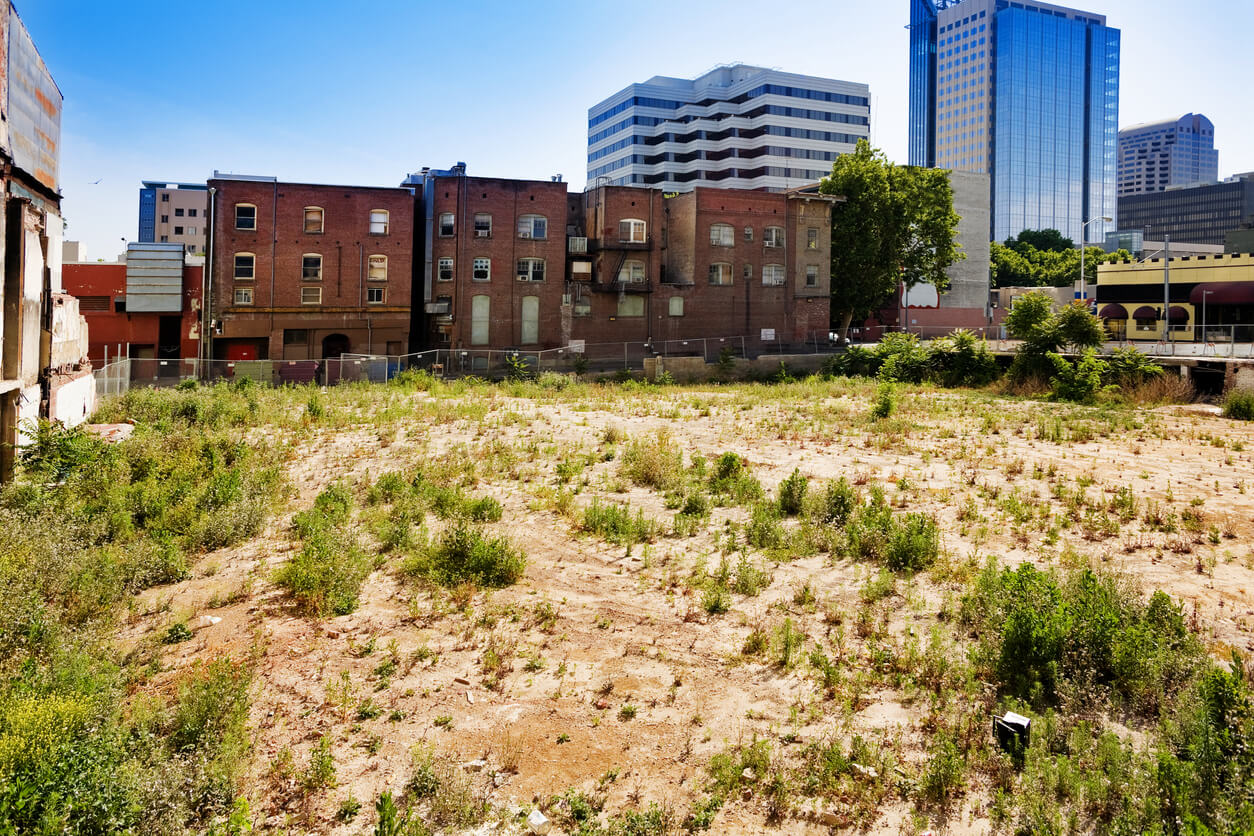What Is an Infill Development Site?
Finding the perfect development site requires foresight and flexibility. You may not find the exact site you had in mind but knowing how you can work with different types of development sites will put you in good stead. A different site from what you imagined may even be a great way to improve your profit margin and ensure the success of your development. Whether you choose a greenfield site, a brownfield site, or an infill site, there are usually good workarounds if you encounter any roadblocks. So, what is an infill development site?
Understanding Infill Development Sites
Infill sites are tracts of empty or under-utilised land in urban and built-up areas. These sites are ripe with opportunity because of their location. Infill sites are typically found in less desirable areas; but used well, they can be a source of urban renewal and value for the surrounding community. Working with infill development sites relies on the ability of property developers to see the possibility where others may see urban decay. Those who are able to repurpose the land successfully will improve the local community and bring economic growth rather than drive residents away.
Infill Development Versus Gentrification
It’s important to note that infill development is different from gentrification. While gentrification serves to improve lower-income urban areas, it is done in such a way that it drives up property prices and rental costs for residents and local businesses. Homes are renovated and rebuilt to higher standards to attract middle to upper-income markets, increasing their value. As a result, with gentrification, long-term occupants are often forced out of their beloved neighbourhoods. Infill developments, however, seek to use the land in such a way as to benefit the community. Infill land may be used to build affordable housing and other sustainable projects which serve a mixed-income community.
The Advantages and Disadvantages of Infill Development
Unlike greenfield developments, infill developments take place on land with access to water, electricity, roads, internet, and various other forms of infrastructure. The availability of infrastructure makes infill development less cost-prohibitive for developers. The area will also already have access to public transport and other essential amenities. In terms of the environment, infill development keeps people inside urban centres, limiting the travel required to get to work, thus reducing greenhouse emissions. Local governments typically view infill development as a sustainable alternative to encroaching on nature and farmlands and creating urban sprawl.
Infill development does have its pitfalls, however. It may be tricky to get buy-in from residents and local communities as they guard against gentrification. Residents will also have to put up with construction-related noise and traffic for the project’s duration. Lastly, the site may require zoning changes.
Overall, there are many pros to infill development. It not only benefits the surrounding community, but may also decrease the cost of construction, making your project more profitable. If you’re ready to take on an infill development project, you’d want to start by looking for that perfect site. Comprehensive property development software will help you locate sites and narrow down your options based on your preferred criteria. Get started with a comprehensive demo that allows you to assess the benefits the platform could bring to your next project.

